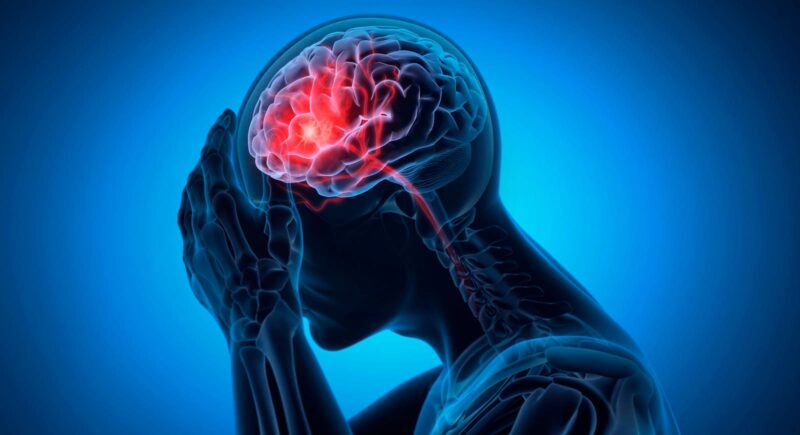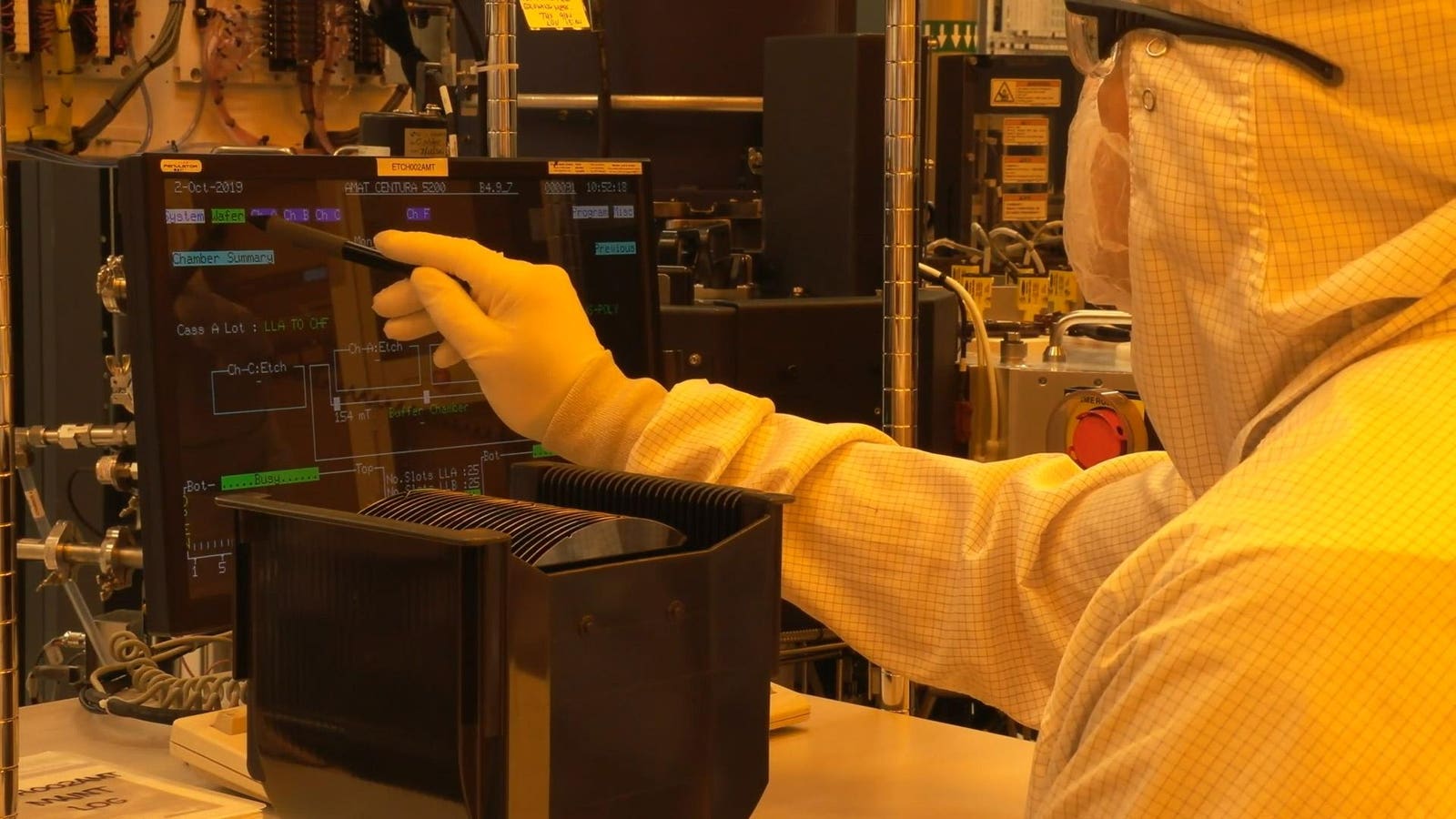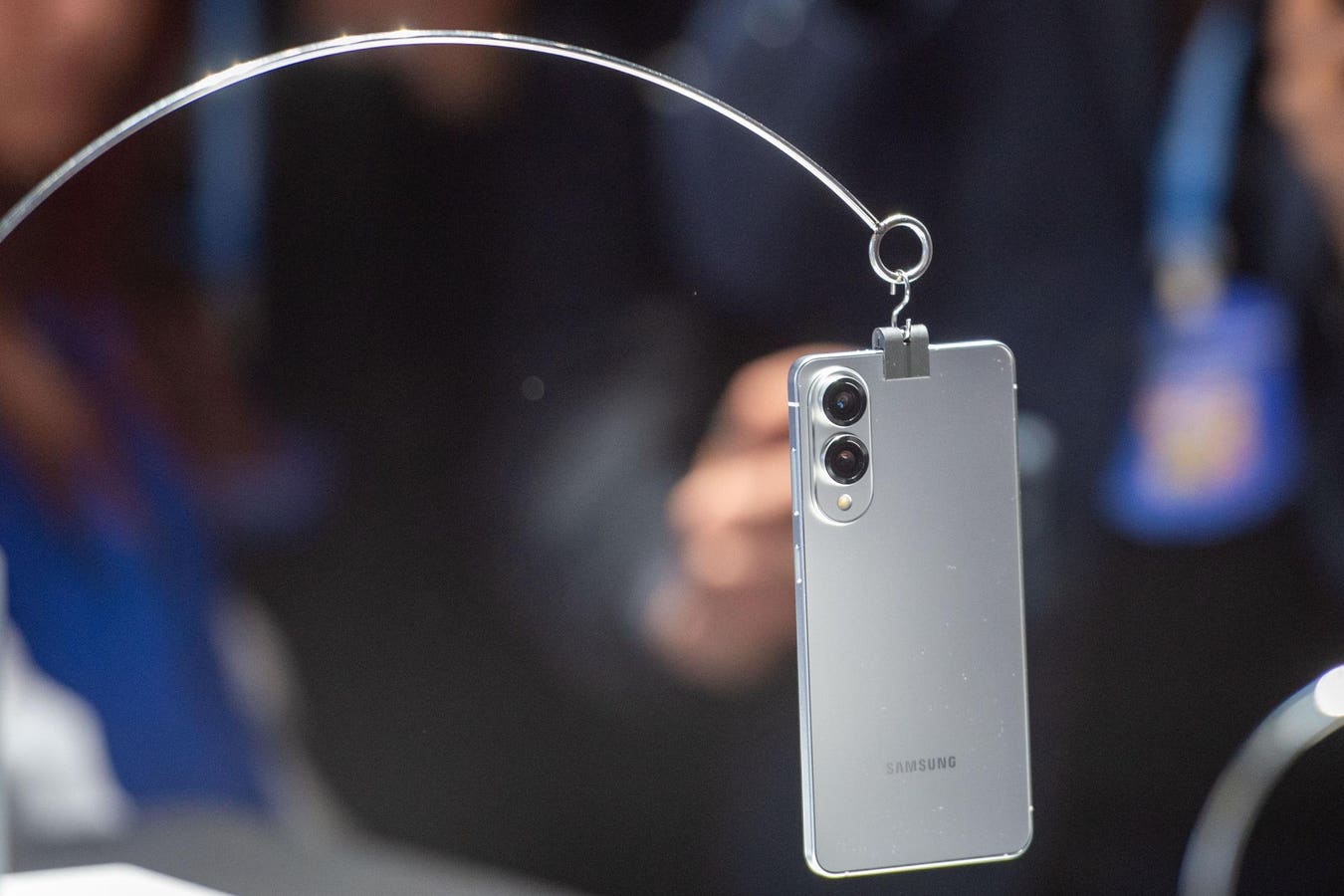Man with a headache – Brain Stroke – X ray 3D Illustration with blue background
getty
Did you know that eating eggs regularly might help keep you sharp in your old age? Or that Alzheimer’s disease actually has to do with the sheath around your neurons decaying?
Well, all of this is relatively new science, and it runs on the insights brought to us by AI in the age of LLMs.
Just a few years ago, scientists didn’t know a whole lot that they know now about Alzheimer’s, which affects over 7 million Americans and is thought to surface in about 1 in 9 of us aged 65 and older. But now, we are seeing a lot more about the cause and effective treatment of the disease.
As for eggs, the science here is around choline metabolism.
“Research has shown that choline is important for cognitive function,” writes Tim Newman at Medical News Today. “It has also identified a potential link between moderate choline intake and a reduced risk of dementia. As the authors of the latest study explain, eggs are the “top food source” of choline, so they are worth investigating. Choline has many important functions; for instance, it is a precursor to the neurotransmitter acetylcholine, plays a pivotal role in cell membranes, and has neuroprotective powers.”
Connecting the Dots
So how do we finally know all of this about a disease that attacks the nervous systems of so many aging Americans?
The fact-finding powers of AI have allowed scientists to go beyond traditional scientific methods.
In a recent TedX talk, Manolis Kellis, who has been both a student and a professor at MIT, went over some of this science and how it originated, explaining that what AI has brought us helped scientists go from a hypothesis model to a data-driven model, and from a correlation model to a causation model, when it comes to Alzheimer’s.
“(We have) a new era of big data that allows us to now take a data-driven approach to understand the molecular basis and the cellular basis of Alzheimer’s disease,” he said. “(We’re moving to) foundation models with billions of parameters that truly allows us to truly understand the underlying molecular mechanisms, the language that the cells speak.”
Practical Research
Kellis talked about the receipt of thousands of “post-mortem samples” from brain donors, and how that has contributed to a better vantage point for Alzheimer’s research.
What did scientists find?
“We found that these individuals (with Alzheimer’s) are showing decreased myelination surrounding their neurons,” he said. “The oligodendrocytes that coat the neurons with myelin are no longer transporting the lipids that are necessary, and those lipids are actually getting stuck inside the oligodendrocyte endoplasmic reticulum, and then are causing additional damage just by being there.”
That’s a very scientific explanation: if you retain the phrase “lipid transport” and the idea of decreased myelination, where the myelin sheath deteriorates, you have some of the gist of this new science.
One big point that Kellis put forward is that each of these phenomena involve a small number of pathways in the body, allowing for targeted and personalized treatment with a high degree of accuracy.
Here’s what he actually said, verbatim:
“We saw recurrent hallmarks of Alzheimer’s disease,” Kellis explained. “We basically asked, ‘What are the pathways that are repeatedly disrupted?’ And what we found is a small number of pathways in myelination, in cholesterol transport, in lipid transport, in microglia, neuroinflammation, in mitochondrial damage – in every single one of these cases, what we found is that those pathways were recurrently perturbed in different individuals every time, and in particular, by understanding the heterogeneity of disease, we found individuals that showed plenty of pathology, plenty of amyloid accumulation, but absolutely no cognitive decline, no dementia whatsoever, and we found specific pathways that are protective against Alzheimer’s.”
This, he suggested, led to the use of “hallmark-specific burden evaluations,” which he claimed are going to customize Alzheimer’s treatment for the individual.
“We can now actually couple that with rare diseases that are manifesting in any one of these hallmarks alone, to basically start repurposing drugs that are affecting any one of these hallmarks that I mentioned earlier to be able to restore cellular function,” he said.
The Use of Generative AI in This Space
If you’ll follow me through this longer piece of Kellis’ testimony, you’ll see the idea of picking up big data insights from the intersection of biology and chemistry. Kellis talked about “learning a joint representation using generative AI of function and structure to be able to see where dysregulation is manifesting at the protein level.”
“We have done the same thing with chemistry,” he said, “where we have taken every single chemical that has ever been synthesized and tested by humans … and we have co-embedded them in a single chemical landscape that allows us to now look at neighborhoods of chemical function and how they correlate with the structure of the corresponding protein coding genes.”
This, he said, allows scientists to select targets and, in his words, “sample-generate information from white areas of the latent space” to create new drugs and synthesize them in a lab.
“In rapid fashion,” he said, “we have unleashed this new class of AI models, these agents that are able to use tools, understand the literature, understand protein structure, understand chemical structure, carry out docking fine-grain operations, to basically see how the drugs are matching the specific domains that we care about.”
Then, his explication takes a very interesting turn.
Small Brains and Therapeutics
“To actually design new therapeutics, and through rapid synthesis, we’re able to make these therapeutics, and we’re able to test them in human organoids,” Kellis said.
Organoids?
When I asked ChatGPT, it essentially told me this: scientists typically use embryonic stem cells or pluripotent stem cells, which are adult cells reprogrammed to behave like embryonic cells. Under specific growth conditions, these cells self-organize into tissue collections resembling real organs.
Now, once again, Kellis’s choice of words is quite fancy:
“We’re taking fibroblasts from their skin,” he said, “and we are differentiating them into neuronal cultures and into brain organoids, and we’re testing the full matrix of 100 drugs into 100 individualized ‘brains’ from those patients, to basically see the results at the transcriptional level, at the cellular level, and also at the electrophysiological level, to basically see how the firing of these neurons is changing and how the calcium signaling is changing.”
It really is compelling research. Kellis shows us, in great detail, how this leads to a personalized care chart for each Alzheimer’s patient, and how that will revolutionize interventions, to say the least. He ends thus:
“Generative AI can truly transform the landscape for medicine and enable, for the first time, predictive precision and personalized therapeutics in an organ that had thus far remained inaccessible, but that thanks to these organoids, is finally starting to be elucidated systematically. So I hope you join in this journey and work together to understand the molecular basis, to understand the mechanism, not just the manifestations, but the actual root causes of disease.”
This is one of the most important blog posts you will ever read. The incidence of Alzheimer’s and advanced dementia is high, and everyone is asking: how do I protect myself? If we have isolated this range of biological treatments and preventative measures, we may not have to worry anymore.









